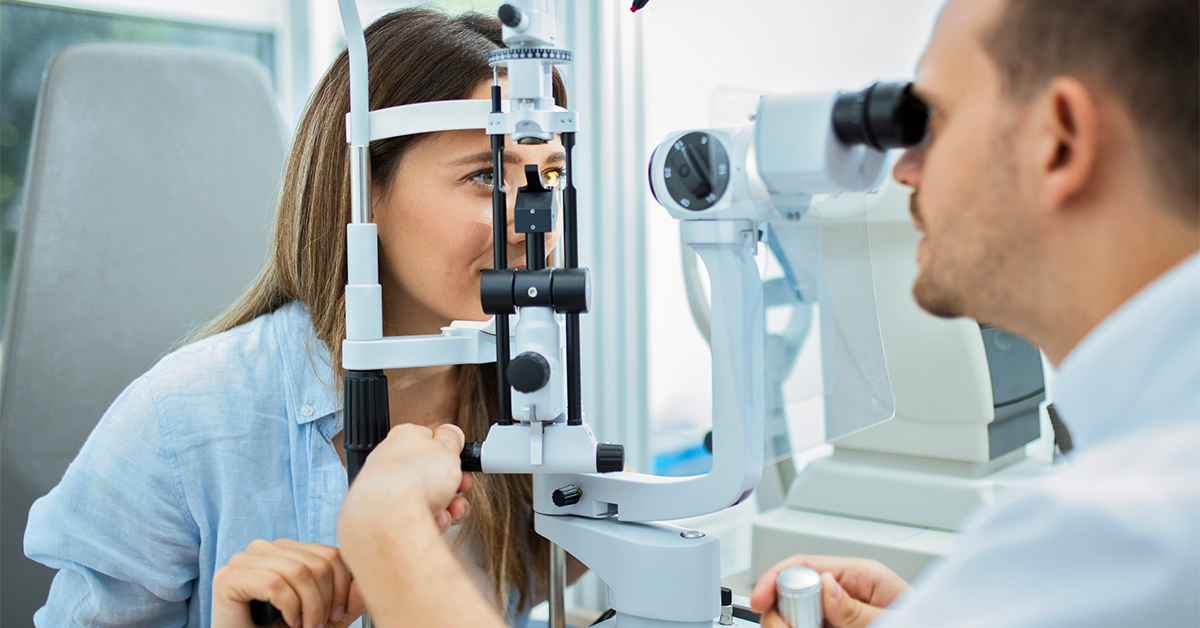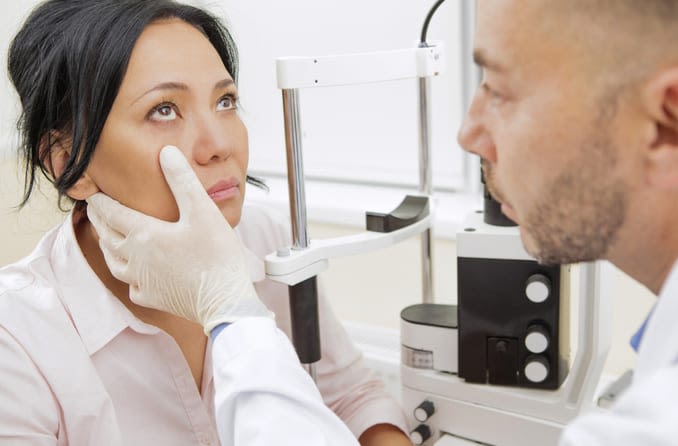Checking Out the most recent Technical Developments in Optometry and What They Mean for Eye Doctors
In the ever-evolving area of optometry, recent technological advancements are reshaping just how professionals come close to eye treatment. From the accuracy of Optical Coherence Tomography to the nuanced insights provided by AI-driven diagnostic tools, these innovations are setting brand-new criteria in patient assessment and therapy. Teleoptometry is poised to redefine availability, ensuring that know-how transcends geographical restrictions. As these advancements penetrate the practice, eye doctors are confronted with the difficulty of accepting these devices to enhance individual end results. The concern remains: just how will these technical shifts redefine the functions and duties within the occupation?
Advancements in Diagnostic Devices
Advancing the field of optometry, innovations in diagnostic devices have changed the method eye treatment specialists examine and identify aesthetic disabilities and ocular conditions. The previous years has actually observed substantial technical improvements, making it possible for even more accurate and detailed assessments. Optical Comprehensibility Tomography (OCT), as an example, gives high-resolution cross-sectional pictures of the retina, permitting the early discovery of illness such as glaucoma and age-related macular deterioration. This non-invasive imaging strategy has actually become important in modern optometric technique.
One more trick advancement is the introduction of sophisticated corneal topography systems, which map the surface curvature of the cornea with precision. These devices are specifically valuable for suitable get in touch with lenses and detecting corneal problems. Digital retinal imaging has actually transformed standard ophthalmoscopy, supplying comprehensive, scenic views of the retina that assist in detailed visual examinations.
The development of wavefront aberrometry has likewise been vital, allowing the analysis of refractive mistakes with unmatched precision (Opticore Optometry). This innovation helps in tailoring restorative lenses and improving surgical end results for refractive surgical treatments. Jointly, these diagnostic improvements empower eye doctors to supply exceptional person treatment, making certain very early treatment and customized treatment strategies, inevitably improving aesthetic wellness results
AI in Patient Monitoring
Structure on the foundation of innovative analysis tools, the incorporation of synthetic knowledge (AI) in patient monitoring represents a transformative leap for optometry. AI systems are progressively employed to boost effectiveness, precision, and customization in person care.
Furthermore, AI-driven platforms facilitate streamlined client interactions and management procedures. Automated organizing, online assessments, and customized follow-up strategies not only improve individual contentment yet likewise maximize time monitoring for practitioners. These systems can triage clients based upon the seriousness of their conditions, guaranteeing that those in essential requirement receive timely attention.
Furthermore, AI enhances decision-making by supplying eye doctors with evidence-based recommendations and treatment pathways. By integrating data from digital health and wellness records, AI devices provide understandings that educate medical choices, reducing the threat of mistakes and boosting client results. As AI continues to develop, its duty in individual management will likely broaden, improving the landscape of optometric treatment.
Advancements in Retinal Imaging
In the realm of optometry, retinal imaging has witnessed impressive technological innovations that are enhancing diagnostic capabilities and patient care. Innovations such as Optical Coherence Tomography (OCT) and fundus photography have actually reinvented exactly how eye doctors visualize and examine the retina.
Boosted imaging techniques like OCT angiography are further Click This Link refining diagnostic precision. This non-invasive strategy maps blood flow in the retina, using crucial understandings into vascular health and wellness without the demand for color injections. Furthermore, adaptive optics modern technology is being incorporated right into retinal imaging systems to fix eye aberrations, supplying extraordinary picture clearness. Such advancements help with the identification of min retinal modifications that might symbolize illness progression.
In addition, improvements in expert system are boosting retinal imaging by allowing automated analysis of big datasets. These systems aid eye doctors in identifying patterns indicative of pathology, thereby boosting diagnostic precision and effectiveness. Collectively, these technologies are transforming retinal imaging into a cornerstone of contemporary eye treatment, enhancing results and broadening healing opportunities.
Teleoptometry's Expanding Role
Teleoptometry is progressively coming to be a crucial component of eye treatment, driven by advancements in data and analysis tools. As optometry welcomes electronic transformation, teleoptometry helps with remote appointments, permitting eye doctors to extend their services beyond standard limits. This is particularly useful in rural and underserved areas where access to specialized eye care is typically restricted. By leveraging high-resolution video conferencing and progressed retinal imaging, optometrists can conduct extensive eye examinations from afar, making sure timely medical diagnosis and therapy.
The combination of expert system (AI) additional enhances teleoptometry, making it possible for the evaluation of aesthetic data and helping in the detection of eye conditions such as glaucoma and diabetic person retinopathy. AI-powered algorithms can swiftly translate complex imaging information, offering optometrists with useful insights that bolster professional decision-making.
Furthermore, teleoptometry supports continuity of treatment through seamless combination with digital health documents (EHRs), enabling optometrists to preserve detailed patient histories. When seeking advice from with various specialists., this makes sure that clients obtain tailored and constant treatment also.
Regardless of these benefits, challenges stay, consisting of making certain data security and managing client assumptions. Teleoptometry represents a considerable stride in the direction of more accessible, efficient, and patient-centered eye care. As innovation progresses, its duty is poised to broaden additionally.

Future Trends in Eye Care
A myriad of innovative trends is set to improve the future of you could try here eye treatment, driven by technical innovations and the developing requirements of individuals. One considerable pattern is the combination of artificial knowledge (AI) in diagnostics, which assures to improve the precision and effectiveness of eye examinations. AI formulas can assess huge amounts of data from retinal images, possibly detecting problems like diabetic person retinopathy and glaucoma earlier than standard methods.
Furthermore, tailored medication is getting traction in optometry, with hereditary testing educating personalized treatment strategies. This technique intends to enhance client end results by customizing interventions to individual hereditary profiles. Wearable technology, such as clever contact lenses, is also coming up, using real-time monitoring of intraocular pressure or glucose degrees, thus supplying constant insights right into ocular and systemic health and wellness.
The adoption of increased reality (AR) and digital reality (VR) in training and person education and learning is another arising trend. These innovations offer immersive experiences that can improve understanding and abilities both for optometrists and clients. As these patterns develop, eye doctors have to remain abreast of technological developments to provide sophisticated care, making sure improved person results and complete satisfaction in the vibrant landscape of eye care.
Verdict

Jointly, these analysis improvements equip optometrists to deliver superior person care, making certain very early intervention and tailored therapy approaches, ultimately improving visual health end results.

As these modern technologies continue to advance, optometrists have to adapt and include them into practice, inevitably optimizing workflow efficiency and raising the standard of eye care supplied to individuals.